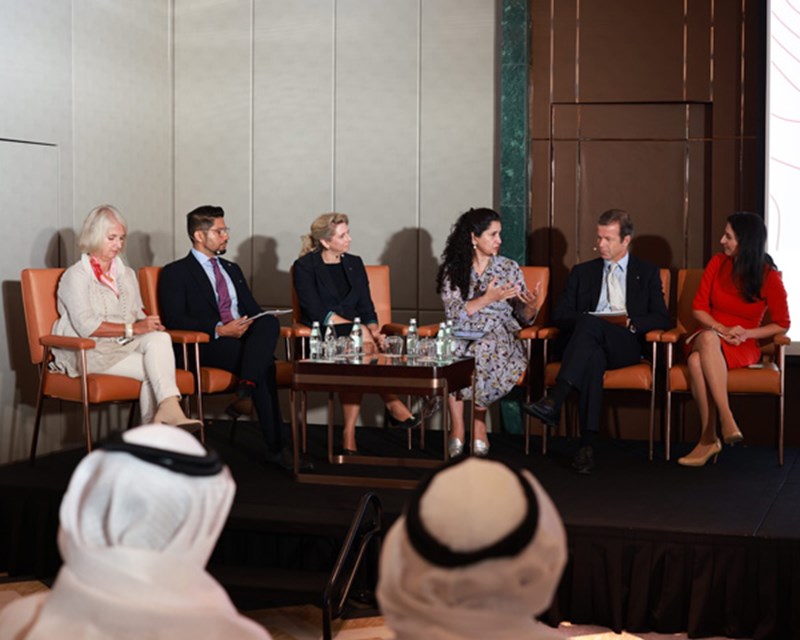A growing list of international charities are turning to cryptocurrencies and NFTs to reach new donors, find alternative funding sources, and explore faster and more cost-effective ways to raise and disburse money. Save the Children, WaterAid, and CARE are just some of the nonprofits raising millions of dollars through crypto to respond to a range of crises, from conflict in Afghanistan and Ukraine, to drought in Somalia, and extreme weather events in the United States.
According to The Giving Block, a US-based crypto platform, half of Forbes’ Top 100 Charities now regularly fundraise using crypto and artworks in the form of NFTs (non-fungible tokens), and within the next decade, total crypto donations are tipped to exceed US$10 billion.
Transparency and immutability, lower transaction costs, and the ability to cross borders more easily have all played a part in the growing popularity of crypto donations. It is also a way for charities to connect with new donors.
The Giving Block says there are currently 300 million active users in the crypto market with an average age of 38 years – compared to regular charitable donors who are typically in their sixties.
Crypto donors also give more. According to Fidelity Charitable, a US-based Donor Advised Fund (DAF) provider, the average crypto donation last year was nearly 31 times larger than the average online gift ($204).
“This is an incredible donor demographic to tap into,” explains Carly Evans, senior nonprofit partnerships manager at The Giving Block. “This a donor you could get in their thirties... and have potentially for their lifetime.”
This digitally-native cohort is also part of the so-called “next gen”, which is poised to receive an estimated $80 trillion in wealth transfer from their baby boomer parents over the next two decades.
“A lot of these Gen Z millennials are already playing in the cryptocurrency ecosystem, and you truly want to meet these donors where they are and be ready with the assets that they want to give,” Evans says.






